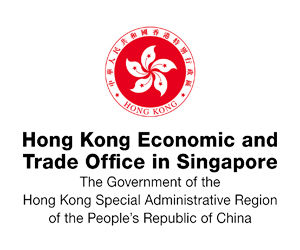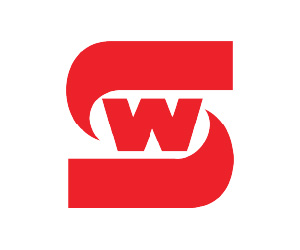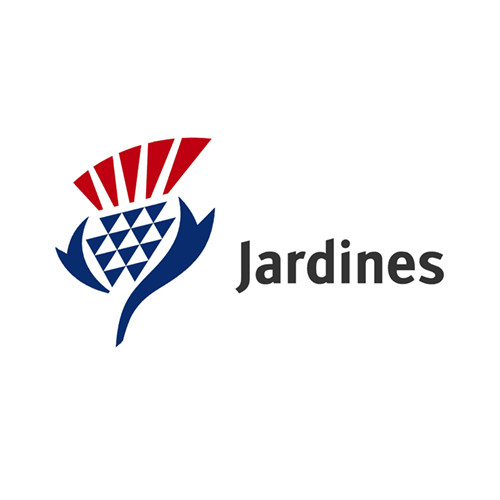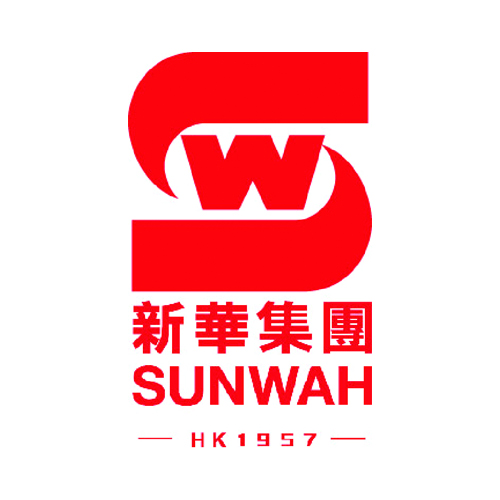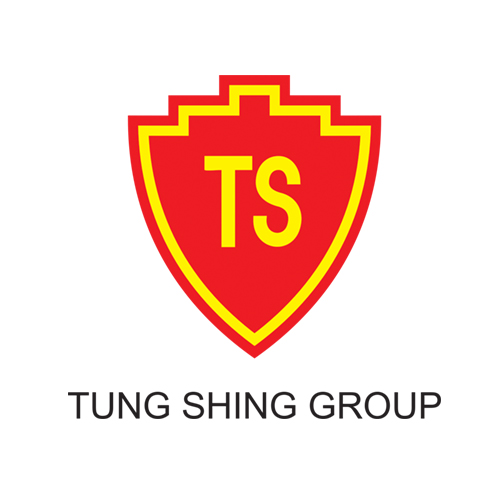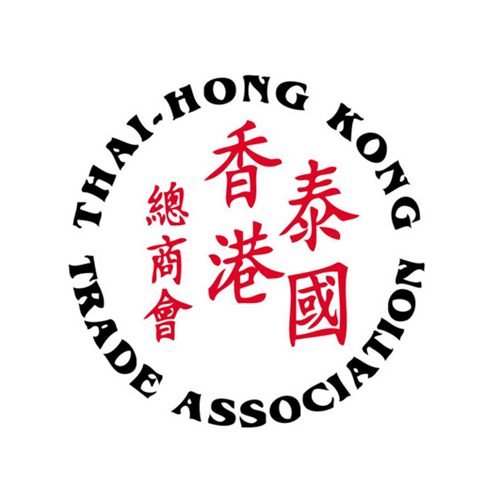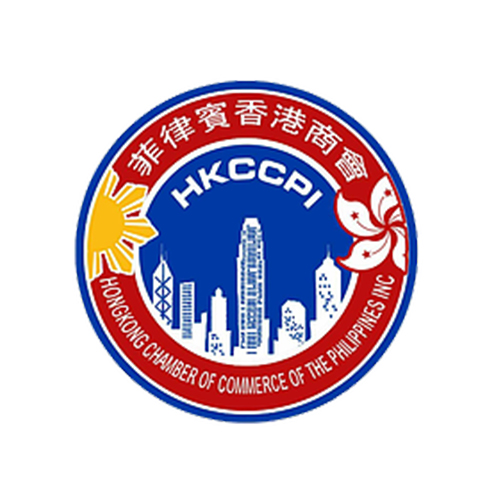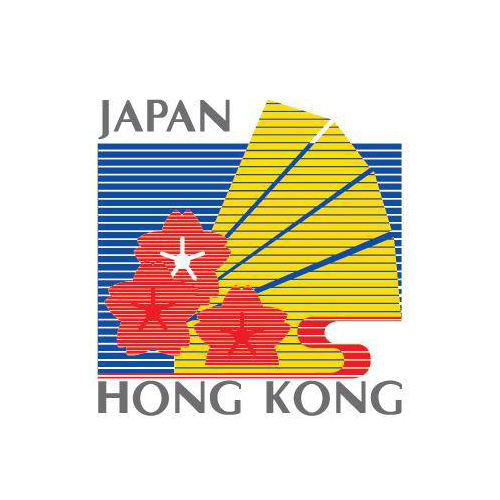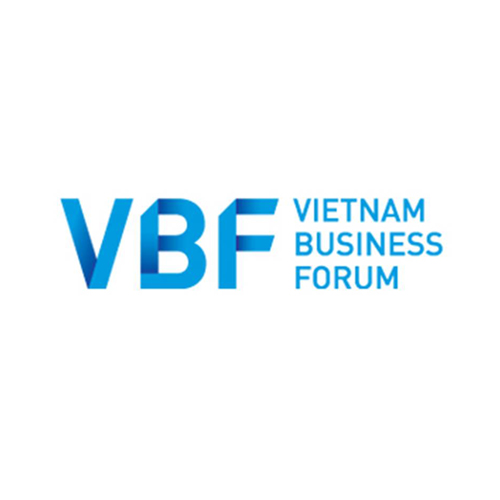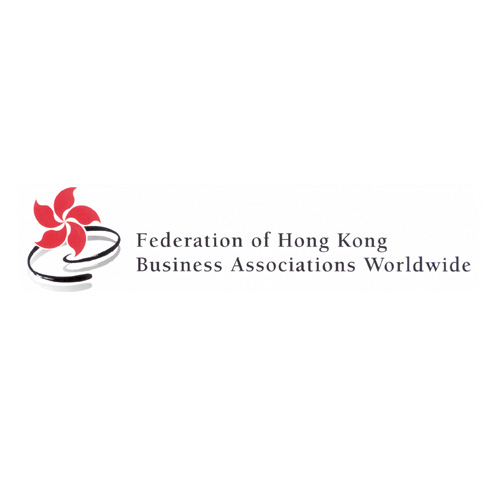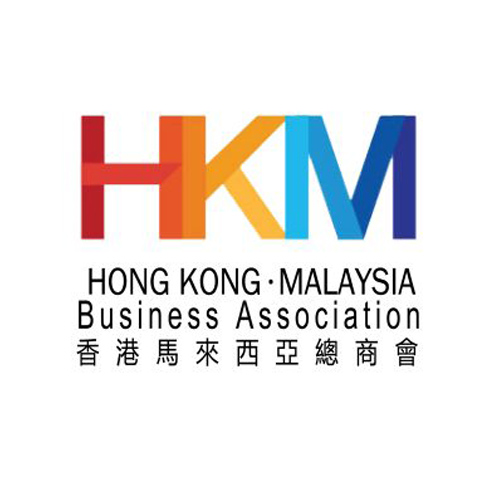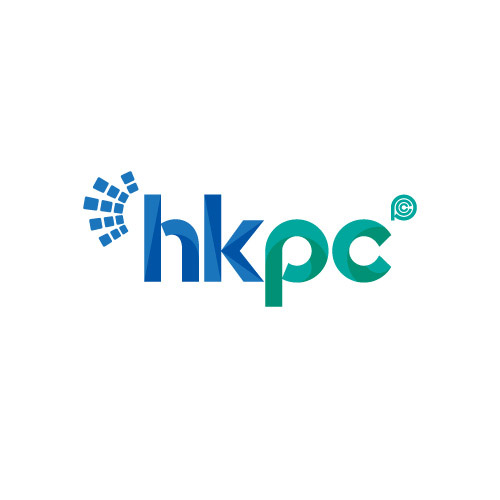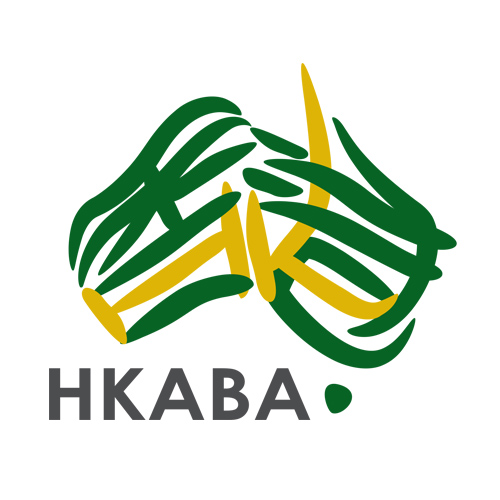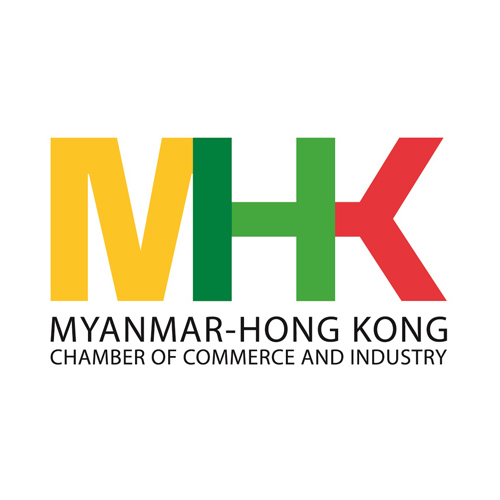Want to be in the loop?
subscribe to
our notification
Business News
APPAREL EXPORT TO EU MUST MEET RULES OF ORIGIN
To provide information about the rules of origin in the EU-Vietnam Free Trade Agreement (EVFTA), the mechanism of origin self-certification, as well as experience of other countries around the world for Vietnamese garment and textile enterprises, the Vietnam Textile and Apparel Association (Vitas) recently cooperated with the European Trade Policy and Investment Support Project (EU-MUTRAP) to hold a workshop on “ Vietnam Textile and Garment Conference on Rules of Origin in the EVFTA Agreement.”
Speaking at the conference, Ms Vu Thi Phuong, Deputy Secretary General of Vitas, said that each FTA has its own rules of origin. Exports must meet requirements on rules of origin to enjoy preferential tax rates governed by relevant FTA agreed by both sides. However, the practical use of tax incentives from signed FTAs has been quite low. Currently, only 35 per cent of Vietnam's export products make full use of the opportunities provided by FTAs, while 65 per cent are still subject to high tariffs. One of the main reasons is that Vietnamese firms lack knowledge about origin. In addition, some rules of origin stipulated by FTAs is tight, but our companies still cannot meet them.
EVFTA negotiations concluded in December 2015. To realise its benefits, Vietnam and the EU agreed to quicken the ratification and bring it into force in 2018. The time is not much for garment and textile enterprises to prepare till then.
However, Vietnam's textile and garment market share in the EU is low, she added. By the end of 2015, Vietnam's textile and apparel products accounted for only 1.9 per cent of the share in the EU since they are imposed a high tax rate of 8 - 12 per cent. This reduces the competitiveness of Vietnamese textiles and garments. After seven years of EVFTA enforcement, all textiles and garments exported to the EU will be entitled zero tax, giving a huge opportunity for Vietnamese textile and apparel companies to boost their market shares. However, rules of origin of fabric hurt weaknesses of Vietnamese exporters. “To take advantage of opportunities, domestic garment companies need to recalculate their appropriate investment and business strategies and shift from low-valued cut, make and trim (CMT) to higher value forms of FOB (free on board) and ODM (original design manufacturing),” Phuong added.
Sharing Phuong’s viewpoint, Ms Dang Phuong Dung, Deputy Director of Vitas Advisory Board and EU-MUTRAP specialist, said, EVFTA tax incentives will bring golden opportunities for textile and garment firms to expand export markets. Nevertheless, the biggest obstacle to Vietnam’s garment and textile shipments to the EU is the rules of origin as they mainly rely on imported fabrics from China. Although Vietnam signed many new-generation FTAs with ASEAN, South Korea and Japan with the rules of origin from fabric afterwards, its manoeuvres of rules of origin are still limited.
Mr Stefan Moser, EU-MUTRAP specialist, said, in order to meet the requirements of EVFTA rules of origin, exports to the EU must meet the requirements of fabric produced in Vietnam or the EU, or from one-third country which has had FTAs with Vietnam and the EU. However, the rate of utilisation of bilateral rules of origin (EU imports of fabric for production and re-export to the EU) is very low because the price of EU fabrics is very expensive with a high transportation cost. “EVFTA opportunities are huge, but meeting rule of origin requirements is mandatory for enterprises. They must be prepared in all aspects to make the most of opportunities,” he emphasised.
At the conference, EU-MUTRAP specialists in rules of origin also clearly answered questions relating to EVFTA rules and procedures of origin certification raised by attending enterprises. This is really useful knowledge and information for Vietnamese garment and textile companies to enter EVFTA-ruled markets. This helps businesses not to be ruled out from the game, but also effectively utilised preferential tariffs, thus raising their chance of success.
Source: VCCI
Related News
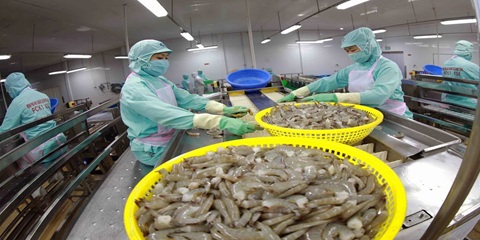
VIETNAM’S SEAFOOD EXPORTS HIT OVER US$10 BILLION IN JAN-NOV
Seafood export revenue in November alone amounted to nearly US$990 million, up 6.6% year-on-year. Key product groups posted solid gains. Shrimp exports rose 11.7% to over US$385 million, supported by strong demand for whiteleg shrimp and lobster. Tra fish shipments increased 9.7% to almost US$197 million, while marine fish, squid, and mollusk exports maintained their recovery.
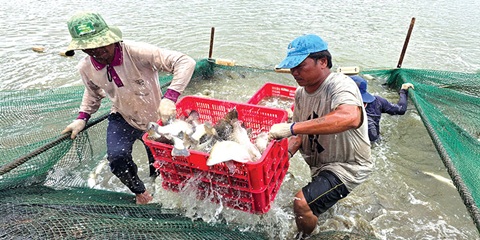
VIETNAM’S AGRO-FORESTRY-FISHERY EXPORTS HIT NEW RECORD IN JAN-NOV
Vietnam’s agro-forestry-fishery export revenue reached an estimated US$64.01 billion in the first 11 months of 2025, up 12.6% year-on-year and surpassing the full-year record of US$62.4 billion set in 2024. Agricultural exports reached US$34.24 billion, up 15% year-on-year, while livestock products brought in US$567.4 million, a 16.8% increase. Seafood exports rose 13.2% to US$10.38 billion, and forestry products earned US$16.61 billion, up 5.9%.

HANOI REPORTS RECORD-HIGH BUDGET REVENUE IN 2025
Hanoi’s budget revenue is estimated to reach VND641.7 trillion in 2025, the highest level ever recorded and nearly 25% above the revised target, according to a report by the municipal government. Data from the city’s socioeconomic performance review shows that total state budget collections in 2025 are projected to reach 124.9% of the adjusted plan and rise 24.9% from 2024, the Vietnam News Agency reported.
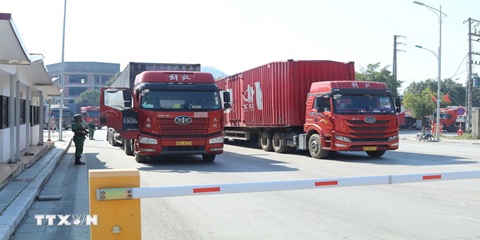
VIETNAM, CHINA TO PILOT TWO-WAY CARGO TRANSPORT AT LANG SON BORDER
Vietnam and China will launch a one-year pilot program on December 10 to allow two-way cargo transport through the Huu Nghi–Youyi Guan international border gates in Lang Son Province, reported the Vietnam News Agency. The Dong Dang-Lang Son Economic Zone Management Board said the trial aims to reduce transport costs and improve customs clearance capacity.
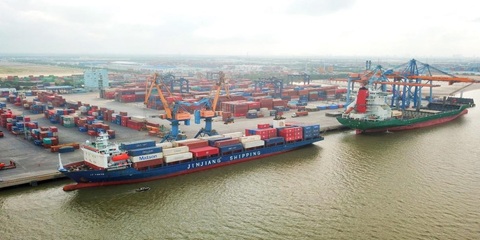
VIETNAM’S IMPORT-EXPORT VALUE NEARS US$840 BILLION IN JAN-NOV
The total value of Vietnam’s imports and exports was nearly US$840 billion between January and November this year, the highest level ever recorded, according to the National Statistics Office. In its latest report on the country’s socio-economic performance, the National Statistics Office highlighted a series of positive economic indicators, with trade emerging as one of the strongest drivers of growth.

OVER 19 MILLION INTERNATIONAL VISITORS COME TO VIETNAM IN JAN-NOV
Vietnam received more than 19.1 million international visitors in the first 11 months of 2025, a 20.9% increase year-on-year and the highest level ever recorded, according to the National Statistics Office. The figure surpasses the full-year record of 18 million arrivals set in 2019, before the Covid-19 pandemic. Nearly two million foreign visitors arrived in November alone, up 14.2% from October and 15.6% from the same period last year.
